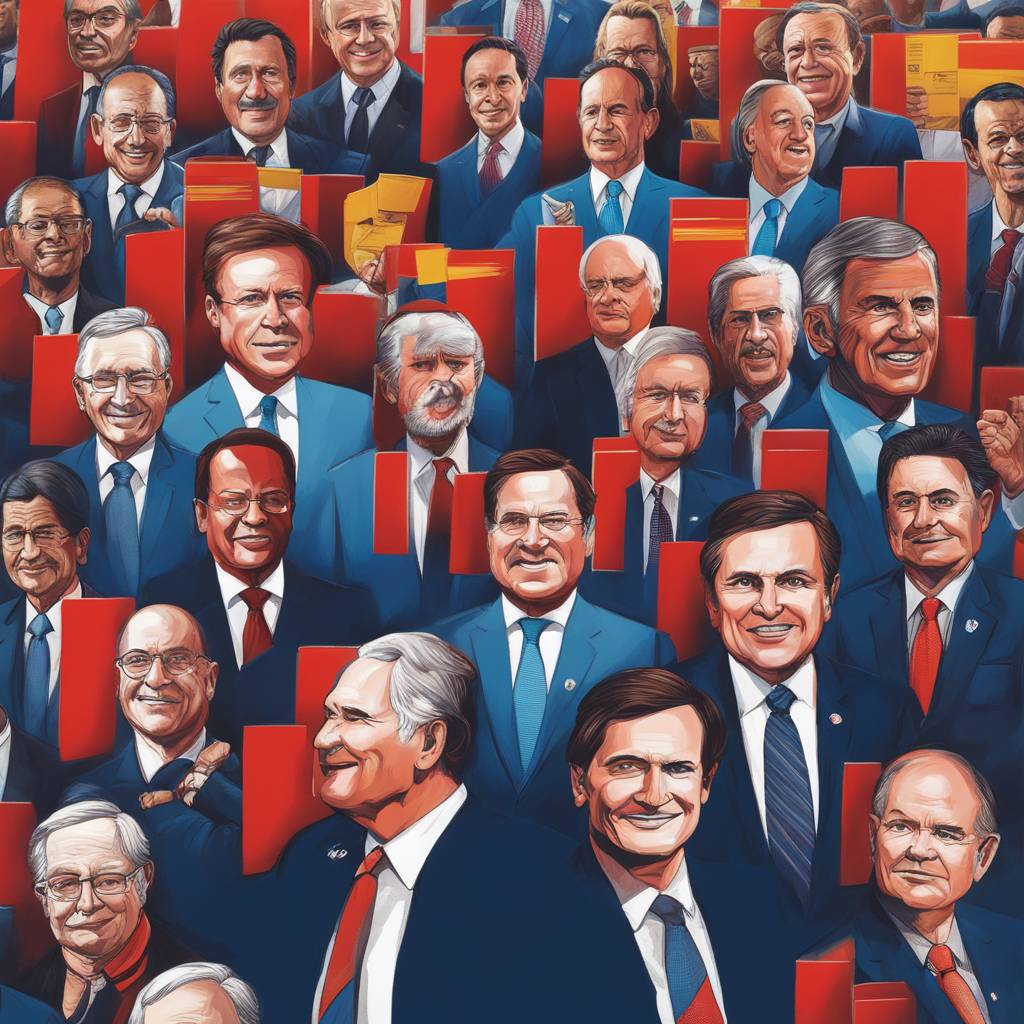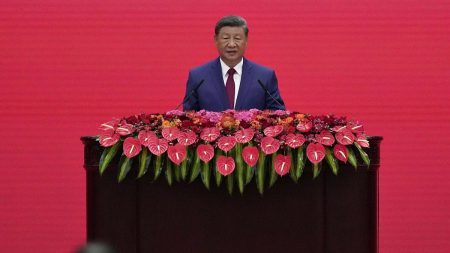The Spitzenkandidaten system, introduced in 2014, aims to make the process of appointing the president of the European Commission more transparent by linking it to the outcome of the European Parliament elections. Under this system, each political party nominates a lead candidate to preside over the Commission if their party wins the most seats in the Parliament. In 2014, the system worked, with Jean-Claude Juncker becoming Commission president. However, in 2019, the system failed when Ursula von der Leyen was appointed despite not being a Spitzenkandidat, leading to accusations of a democratic deficit.
The legitimacy of the Spitzenkandidaten system is called into question due to the unique institutional structure of the EU, which is based on dual legitimacy from both the European Council and the Parliament. This system pre-empts the European Council’s prerogative in selecting the Commission president, leading to tensions between member states and the Parliament. Critics argue that the system is an attempt by the Parliament to gain more power than is granted in the treaties, rather than addressing a genuine democratic deficit in the EU decision-making process.
Another contradiction in the Spitzenkandidaten system arises from the transition candidates must make from fully embracing party politics during the campaign to acting as an independent figure once proposed as a potential president. This disconnect between the Parliament and the European Council, as well as the divergence in political representation between the two bodies, raises concerns about the Commission’s ability to work effectively with both institutions and represent the general European interest.
The practicality of the Spitzenkandidaten system is also called into question due to the logistical challenges of campaigning across 27 member states with different languages and political contexts. The lack of transnational lists means that voters can only choose lead candidates from their native countries, limiting the system’s effectiveness in promoting a truly European approach to the elections. Additionally, the concentration of the system in Brussels circles and its disregard by some parties further diminish its popularity among European citizens.
Despite these shortcomings and contradictions, the Spitzenkandidaten system has gained traction and is likely to persist in future European Parliament elections. The system may undergo reshaping and adjustments over time, but its fundamental principles are likely to remain in place. While it may not fully address the democratic deficit in the EU decision-making process, the system provides a framework for linking the outcome of the European Parliament elections with the appointment of the Commission president. Ultimately, the effectiveness and viability of the Spitzenkandidaten system will depend on its ability to adapt to the unique challenges and complexities of EU politics.













